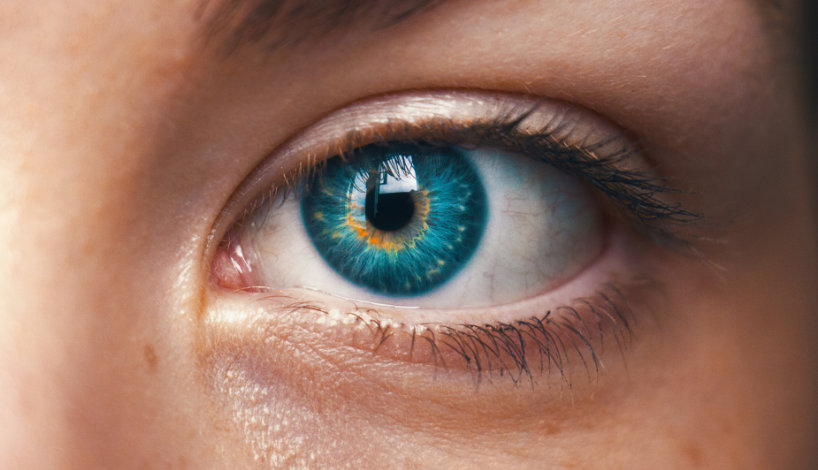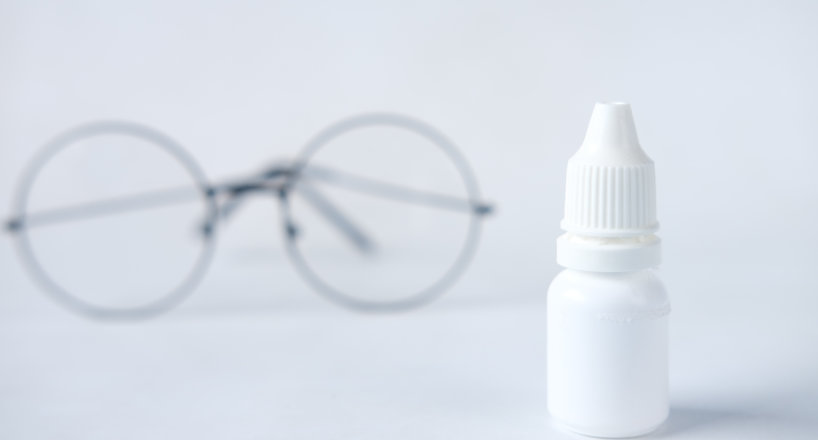Keratoconus

Keratoconus is a progressive eye condition that causes the cornea, the clear front surface of the eye, to become thin and cone-shaped. This abnormal shape of the cornea causes light to be distorted as it enters the eye, resulting in distorted vision, glare, halos, and ghost images.
Causes of Keratoconus
The exact reason for keratoconus is not known. The illness typically starts to appear in the late teens or twenties and can affect one or both eyes, typically progressing at a sluggish speed and slowing or stabilizing after around 10-20 years. It is believed that there is a hereditary component as typically it runs in families.
A new research study recommends that there might be a link between keratoconus and oxidative damage which compromises the cornea.
There is likewise an association between overexposure to ultraviolet (UV) radiation from the sun and chronic eye irritation.
Signs of Keratoconus
With the progressive change in the shape of the cornea, vision becomes progressively worse. The patient might experience nearsightedness, astigmatism, distorted vision (straight lines look wavy), blurry vision, light sensitivity and glare, and eye inflammation or swelling. Generally, the client’s eyeglass prescription will change typically as the vision worsens and contact lenses will be hard to wear due to discomfort and inappropriate fit.
When keratoconus becomes more serious (which normally takes a long time however celebration can take place rather quickly), the cornea can begin to swell and form scar tissue. This scar tissue can result in even additional visual distortion and blurred vision.
Treatment for Keratoconus

In the early phases of the disease, basic glasses and soft contact lenses will generally correct the nearsightedness and astigmatism experienced by the client.
As the disease progresses, however, glasses and soft contact lenses might no longer have right vision and soft lenses might end up being uncomfortable. This is when other forms of vision correction will be recommended.
Gas Permeable and Scleral Contact Lenses
At the advanced stage of keratoconus rigid gas permeable (RGP) contact lenses, scleral or semi-scleral lenses may be utilized for increased convenience and visual acuity. Since they are more rigid, RGP and scleral lenses are able to develop a smooth, round shape around the cornea, creating a smoother surface area for much better vision. Scleral or semi-scleral lenses have a larger size which covers the whole cornea and reaches over into the white part of the eye, which is referred to as the sclera. Many patients discover these more comfy than regular RGPs and find that they move around less when the eyes move. The main downside of these stiff lenses is that for some, they are somewhat less comfortable than soft lenses and they must be continually refitted as the shape of the eye changes.
Whether it is glasses or contact lenses being used to remedy vision, clients will likely need to undergo many tests and prescription changes as their vision require change.
Intacs
Intacs are little, surgically implanted plastic inserts that are placed on the cornea to flatten it back to shape. Typically they are able to restore clear vision, with the continued usage of glasses. Intacs are typically recommended when contact lenses and eyeglasses are no longer able to correct vision adequately. Intacs take about 10 minutes to place and can postpone the need for a corneal transplant.
Corneal Crosslinking (CXL)
In corneal crosslinking, UV light and eye drops are used to enhance and stiffen the cornea which assists to lower bulging and restore the cornea to its natural shape.
Corneal Transplant
When corneal scarring occurs and spectacles and contact lenses no longer assist, medical professionals might recommend a corneal transplant to replace the corneal with healthy donor tissue to bring back vision.
A lot of patients will still require spectacles or contact lenses for clear vision following the transplant.
Keratoconus is a condition that requires continuous treatment by a qualified eye doctor. If you or a loved one suffers from this disease make certain that you discover an optometrist that you like and trust to accompany you on this journey.